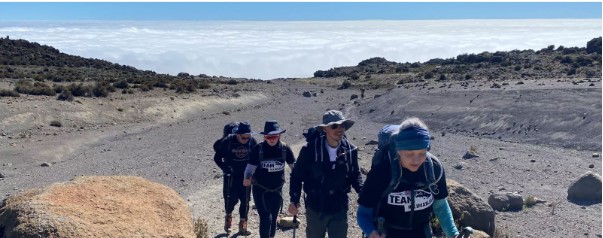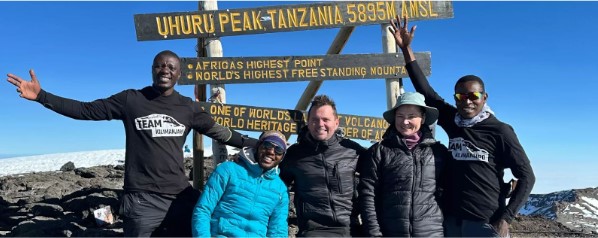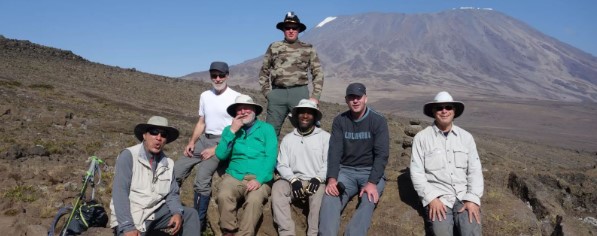Every engineer knows the thrill of optimisation — shaving microseconds off a process, reducing code complexity, scaling with elegance.
Climbers chasing a summit know the same thrill, but they experience it through breath, heart rate, and the edge of endurance.
For modern adventurers climbing with the guiding company here, technology has transformed the way we understand effort.
Wearable sensors record oxygen saturation, pulse variability, and sleep efficiency, turning what was once folklore into feedback.
The mountain becomes a biological dashboard — a stress-testing environment for both body and code.

⚙️ The Analytics of Endurance
On Kilimanjaro, every step is a data point. Recovery time after a push, hydration rate per altitude band, even emotional stability logged through HRV: all feed into a performance model more complex than any app.
Understanding the Kilimanjaro climb duration is itself a lesson in iterative design. Routes are prototypes; acclimatisation is A/B testing; success depends on constant calibration between ambition and adaptation.
🤖 When Machines Teach Mindfulness
The paradox of real-time metrics is that they draw attention to the moment.
A pulse warning reminds you to slow down; a sleep tracker persuades you to rest.
Data becomes discipline — the quantified self in its purest form — proving that precision and patience can coexist.
🌐 Scaling the Human System
For innovators and founders, the mountain’s ecosystem is a model of distributed intelligence.
Guides, medics, and porters operate as autonomous nodes, each optimising local conditions while aligned to a single shared objective: summit success.
That’s the architecture of resilient technology — decentralised, redundant, adaptive.

⚡ The Final Upload
At the summit, connectivity fails and analytics pause. The last metric is simply awe — the system acknowledging beauty it can’t quantify.
It’s the perfect reminder for the tech world: the best algorithms still require a human heartbeat.

